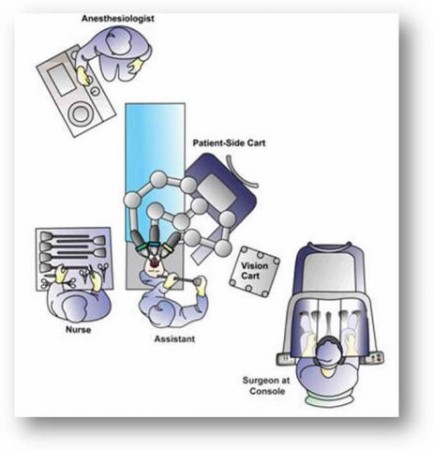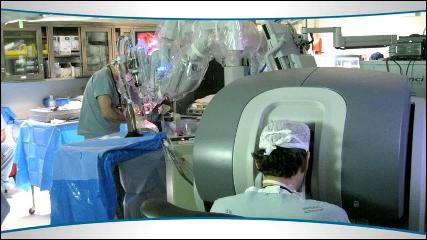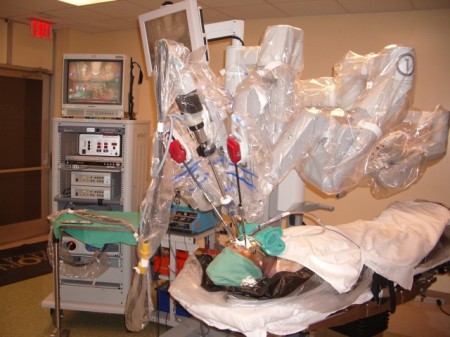Source: inventorspot.com
Author: T Goodman
Historically, surgical removal or oral and throat cancers have not allowed patients to go back to living their normal daily lives. Oral cancer removals caused severe pain, particularly ugly scarring, and an inability to eat, speak, or swallow normally. Even breathing problems might result. But now along comes TORS, the robot with the right stuff.
Just over a dozen hospitals in the U.S. currently have the TORS, which stands for Trans-Oral Robotic Surgery. The system uses the da Vinci Surgical System, which has developed since the mid 90’s to arguably be the most successful robotic surgery system in the world. It employs tiny robotic surgical instruments, operated from a command station by the appropriately trained human surgeon who maneuvers the robot’s ‘arms’ and instruments.
As with other da Vinci procedures, TORS has the benefits of being less invasive, with fewer complications and shorter hospital stays. There is less blood loss, little scarring, and fewer temporary and permanent side effects, such as loss of speech or swallowing ability. Generally, there is no need to begin cancer therapy with radiation, which would increase the discomfort and recovery time.
Tamer A. Ghanem, M.D., Ph.D., director of Head and Neck Oncology and Reconstructive Surgery Division in the Department of OtolaryngologyHead & Neck Surgery at Henry Ford Hospital in Detroit, says that with TORS, “Surgeons operate with greater precision and control using the TORS approach, minimizing the pain, and reducing the risk of possible nerve and tissue damage linked to large incisions.”
Hospitals that currently have the Trans Oral Robotic Surgery include the Mayo Clinic, Jefferson University Hospitals (Delaware), University of Pennsylvania (training center), Sharp Hospital (San Diego), Washington Hospital Center (DC), Summerlin Hospital (Nevada) and Sparrow Hospital (Lansing, MI).
Source: Michigan State University News via MedicalXpress, MedicineWorld.org




Leave A Comment
You must be logged in to post a comment.